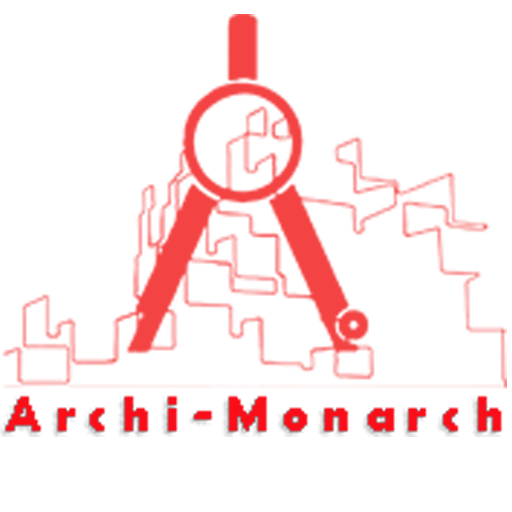If you want to know about the staircase detail or toilet detail or miscellaneous detail, please click the link.
Image of police chowki building (working drawing) and downloadable (in DWG) link below




Working drawing of police chowki building – 1
Our tips to help you improve your architectural police chowki building (working drawing) detailing.
